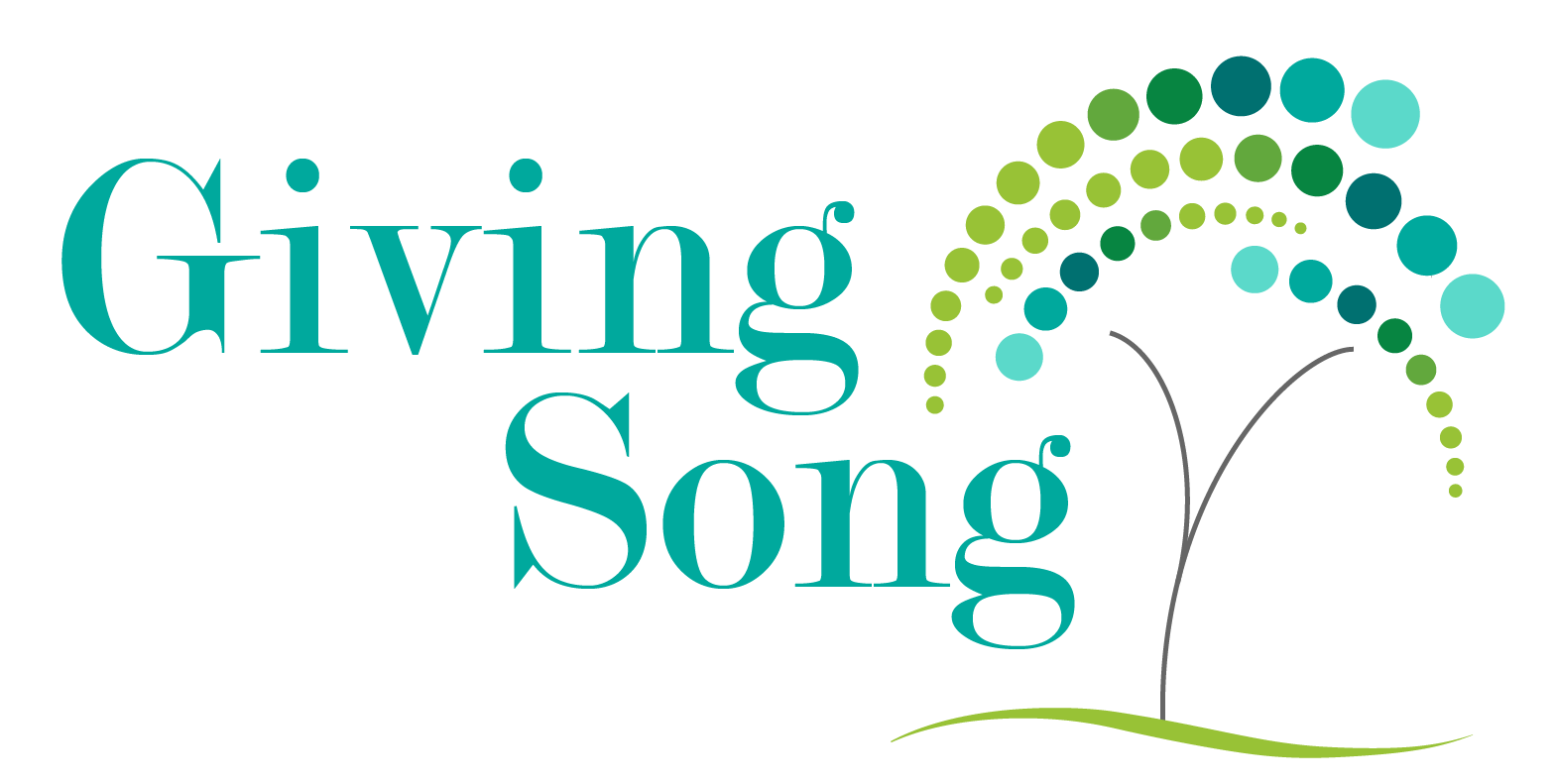Episode #12: Music and Trauma-Informed Care
Today we sit down to look at what music looks like through the lens of trauma-informed care. What does the research tell us? What are the goals addressed in trauma-informed care? What interventions are useful? Kristin takes a look at current research to inform our practice as we continue towards becoming trauma-sensitive and trauma-informed.
Show Notes:
Please refer back to Episode #1 and #6 for a basis of trauma-informed care and clinical strategies.
Main points of learning in today’s episode:
the interventions used in trauma-informed care depend greatly on
the age of the client
the type of trauma (past or present)
the duration and type of trauma
the type of therapy (individual/group/family)
stage of the trauma journey the client is on
others….
Music methods gathered from current research (article link):
songwriting
music listening
improvisation
drumming
instrument playing
music performance
singing
music and imagery
lyric analysis/discussion
music and movement
musical games
misc/other
The theoretical approach (ex. Neurosequential Model of Therapeutics) directly informs the music interventions being utilized.
For example: Neurosequential Model of Therapeutics
focus on stabilization and regulation
6Rs to inform clinical practice for stabilization/regulation as a goal:
Relational (safe)
Relevant (developmentally-matched)
Repetitive (patterned)
Rewarding (pleasurable)
Rhythmic (resonant with neural patterns)
Respectful (with the child, family and culture)
4 trauma-informed goals/purposes:
stabilization
entrainment
exploratory
performative
Interventions based on goal/purpose:
Stabilization: body-based interventions: crossing midline, deep breathing with coordinated movement, opportunities for impulse control, drumming, spinning, music and movement, fine motor tasks, deep pressures, body percussion, and attention tasks….
Entrainment: opportunities to entrain to the music and with others - Ex.: walking around the room in beat with peers and the therapist.
Exploratory: used when a client is regulated/calm and able to a access their higher order cognitive processes may benefit from songwriting, lyric analysis and discussion, art creation, deeper mindfulness moments/strategies, song learning and expression of emotions.
Performative: used for greater self awareness, self-regulation, building resilience and confidence - learning an instrument or song to share with others.
Note on explicit music - the use of explicit music may be important for relating and creating a safe environment for your clients - please listen to this podcast ( ) for a great discussion between two licensed music therapists.
Caution:
Potential harm. Music is a powerful tool and can be a trigger from traumatic events. Please do your education and know your scope of practice. Please be cautious when using music and continually be assessing and attuned to your client’s reactions.
Use your clinical judgment. We are offering ideas to consider and do not know the needs of the individual(s) you work with. Please utilize an evidence-based practice model (current research, clinician experiences and expertise, and client characteristics) to inform your clinical and musical decisions.
Resources:
Music, Rhythm and Trauma: a Critical Interpretive Synthesis of Research Literature by: Katrina Skewes McFerran, Hsin I. Cindy Lai, Wei-Han Chang, Daniela Acquaro, Tan Chyuan Chin, Helen Stokes, and Alexander Hew Dale Crooke (Front Psychol. 2020; 11: 324.)
Music Therapy Podcast Collective
Scope of Music Therapy Practice - AMTA
Potential Harm in Music Therapy - AMTA Pro
Why is Trauma-informed Care Essential for Music Therapists?
Trauma-Informed Care - MusicWorx
Follow Music Therapy and Beyond on Instagram and Facebook
Thank you for listening and we hope you have a wonderful week! See you next week!
